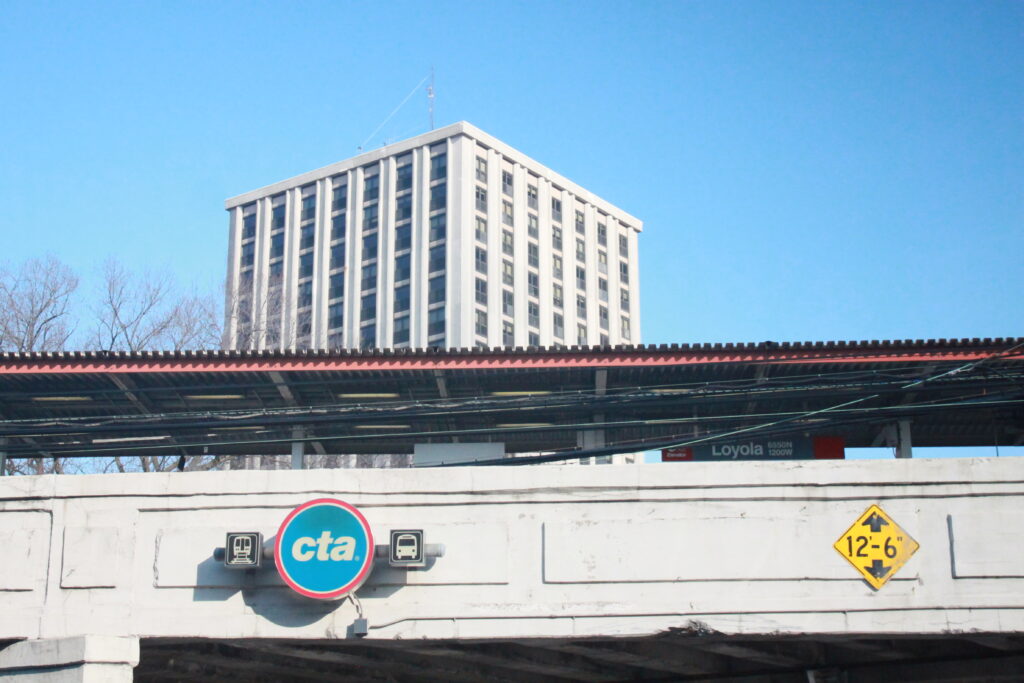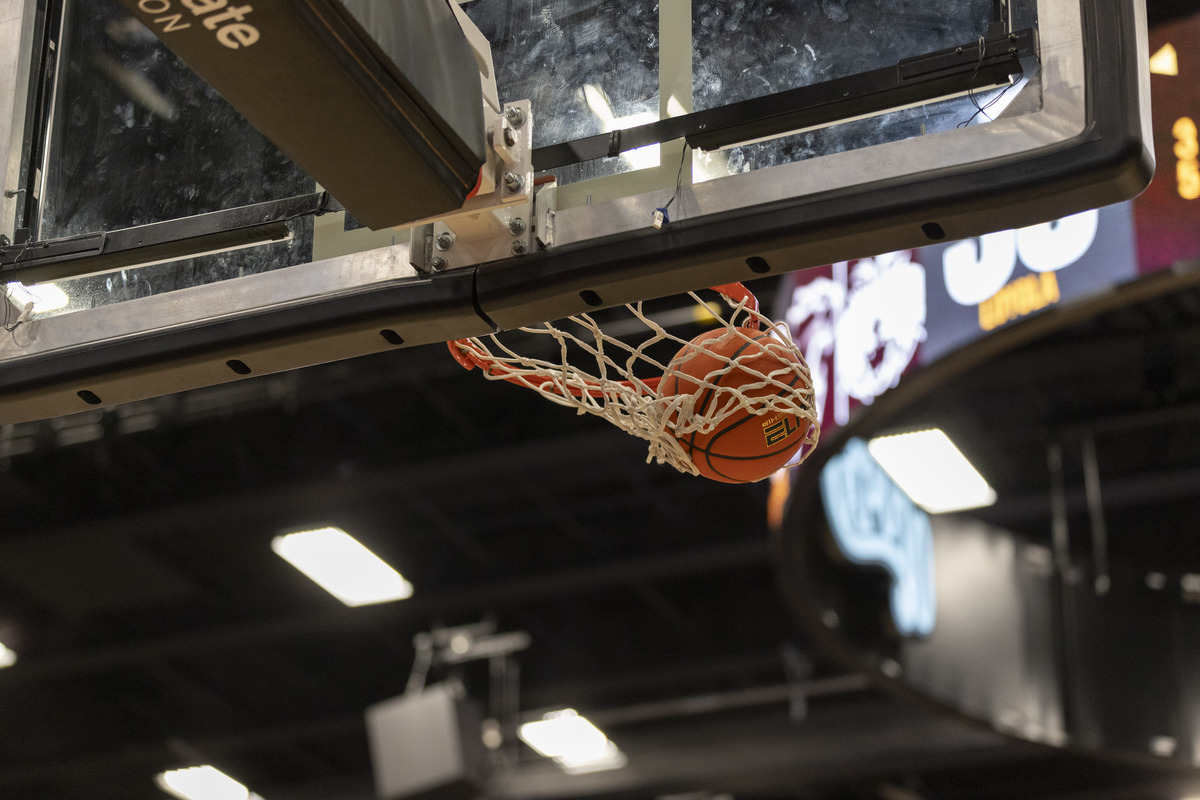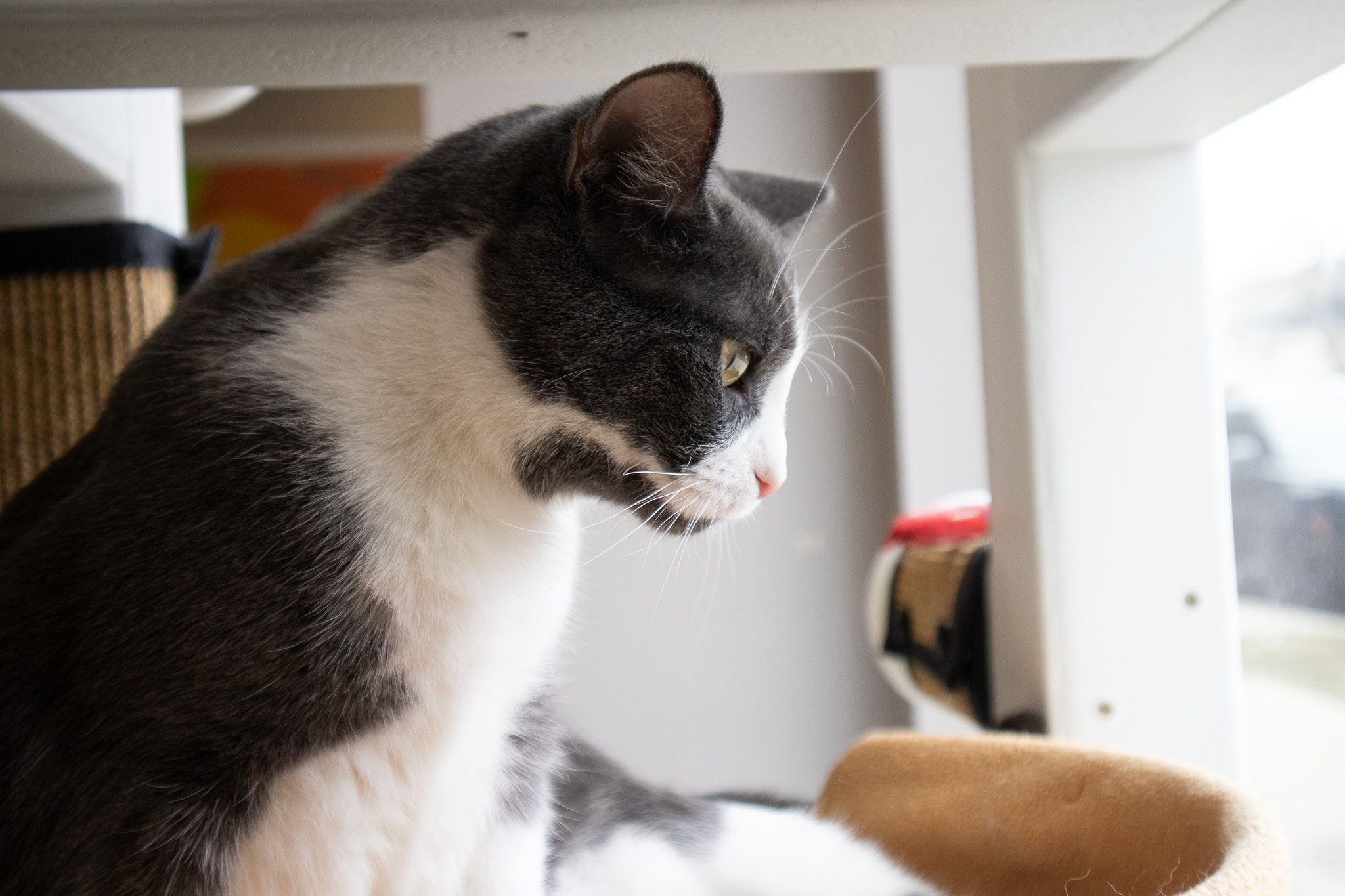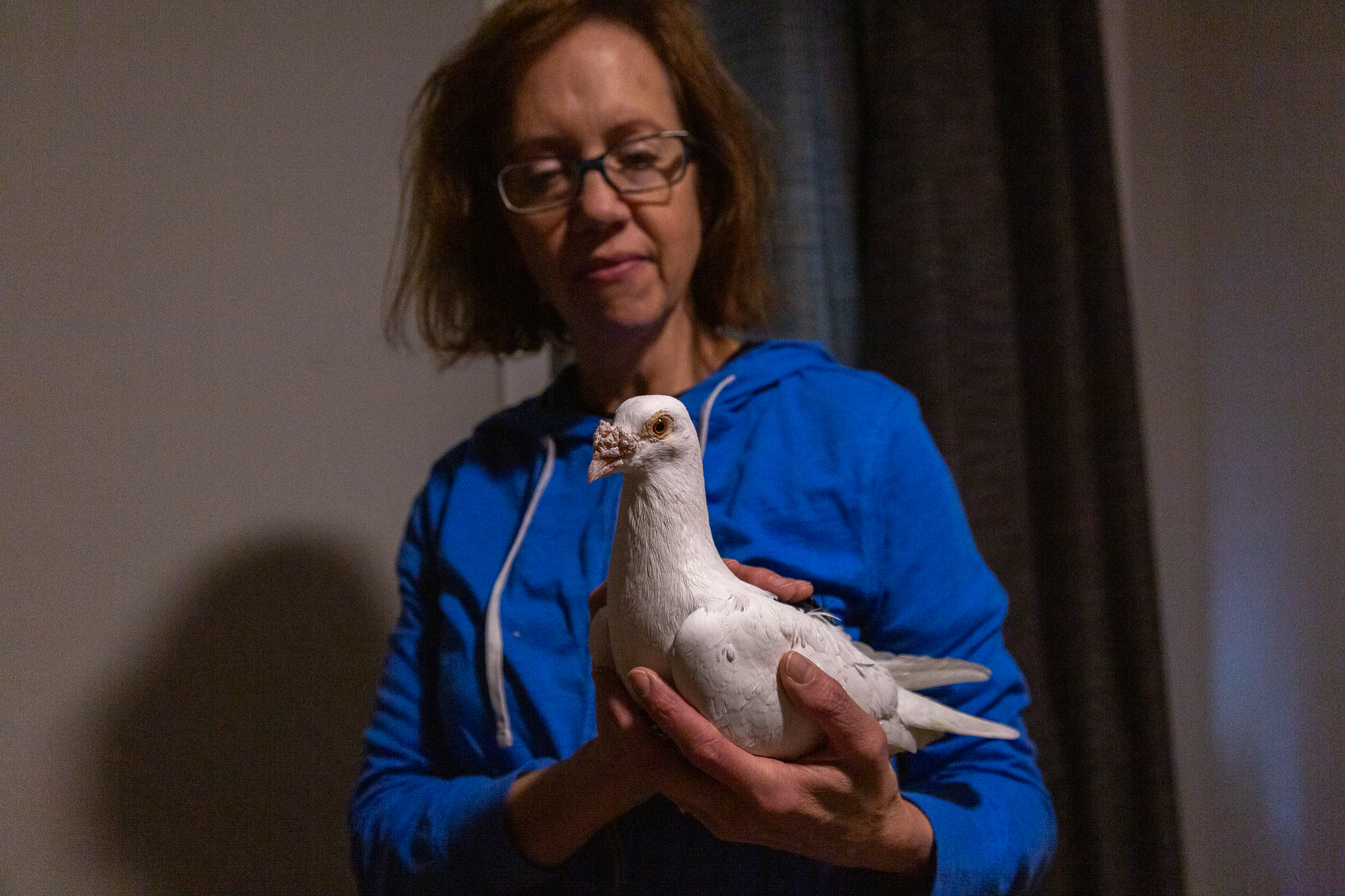Construction work on the Red Line in Uptown and Edgewater has picked up in recent months. The work is part of the CTA’s Red and Purple Modernization Project expected to be completed in 2025. Once completed Red Line riders can expect shorter commute times and improved service.
North Side Track Reconstruction Ramps Up as Part of CTA’s Red-Purple Line Modernization Project

Construction on Red Line track structures in the Uptown and Edgewater neighborhoods on Chicago’s North Side has ramped up during the past few months, and will continue into late 2025.
The current construction is a part of the Chicago Transit Authority’s (CTA) Red and Purple Modernization Project (RPM) which started in May 2021 when the CTA closed four Red Line stations — Lawrence, Berwyn, Bryn Mawr and Argyle — for demolition, The Phoenix reported. Temporary stations were constructed at Bryn Mawr and Argyle to service residents until the new reconstructed stations are opened in 2024, according to the CTA’s RPM website.
The $2.1 billion transit investment — which is funded through federal, state and local grants — hopes to improve service by increasing the capacity of Red Line trains and the frequency with which trains run.
The Red Line is the most used line in the CTA’s system, with 67 million annual riders, and ridership is expected to continue to increase as the line services some of Chicago’s most densely populated and fastest growing neighborhoods, according to the CTA website.
Stephanie Cavasos, a communications representative for the RPM project, explained the 1.5 mile stretch of track being reconstructed in the neighborhoods near Loyola’s Lake Shore Campus (LSC) — between the Lawrence and Bryn Mawr stations — is over a century old, and said once track work is completed in 2025 riders can expect a shorter commute and improved service through this area of the Red Line.
In November, the CTA opened the Red-Purple Bypass as part of the RPM project, located in Lake View just north of the station at Belmont. It’s the first new stretch of track the CTA has added to their rail system since 1993 when the Orange Line was opened.
The bypass takes northbound Brown Line trains over the Red and Purple tracks towards Southport, Cavasos explained that this clears up a “bottleneck” that has been a problem since the early 1900s.
During a Jan. 24 press conference, Mayor Lori Lightfoot, along with local, state and federal legislators, celebrated the “grand opening” of the Red-Purple Bypass and to break ground on track reconstruction taking place between the Belmont and Addison stations, another piece of the RPM project.
”The reconstruction of the Red Line in our transportation and train system has been long overdue,” Lightfoot said in a Jan. 24 statement. “Our city and our residents deserve an easily accessible and reliable CTA commute, and I’m thrilled to see the continued improvement and modernization of one of the busiest ‘L’ lines.”
Some residents shared the mayor’s excitement for the project and the improvements it’s supposed to bring.
“I’m really looking forward to cleaner, updated and accessible stations once the project is done,” Fayethe Vongsouvahn, an Edgewater resident, said.
Red Line service has already been affected by construction, and Loyola students and North Side residents can expect service impacts and delays going forward as the project continues.
“With any transit construction project you can expect delays,” Cavasos said. “I think the outreach team for the RPM project has made significant strides and effort in communicating with the community.”
Cavasos explained the CTA has split the project into phases to minimize the amount of disruptions riders and community members may experience during the process.
“Service alerts are communicated weekly in our RPM scoop which is an email service we have for residents and customers,” she said. “ We also send real time alerts to customers and then anyone can check transitchicago.com for alerts and upcoming service impacts.”
Delays have been offset by the on-going closures of the Lawrence and Berwyn stations. Cavasos explained that by not stopping at these two stations journey times have been decreased in the project area and trains can move quicker in this zone, decreasing the potential for delays.
Cavasos also said that as work continues, street and bridge closures can be expected and that CTA bus service may be temporarily affected as some lines may have to be rerouted.
Some residents, including Maggie Will, say the CTA hasn’t been as communicative as they’d like.
“They haven’t been doing anything near me for months,” Will said. “I haven’t seen an email from RPM in months.”
“I’m directly at Ardmore and the alley, my sidewalk is fenced off and deadends at my front door,” Edgewater resident Jamie McMillan said. “I cannot access the alley. I think the project is great and I believe in the importance of public transit infrastructure. I just wish the construction workers and project managers were a bit more mindful of their impact on the community right here.”
Some CTA bus service has also been altered to bring passengers to the temporary stations at Bryn Mawr and Argyle to accommodate riders who would usually board at Lawrence and Berwyn. She said that typically these riders have been boarding at the nearest temporary station based on the organization’s internal data.
Cavasos explained 1.5 miles of northbound track, between Lawrence and Bryn Mawr, has been demolished in the project area. As a result, Red and Purple line trains have been sharing tracks in this corridor so that both lines’ service can continue.
“We are working on the east side of the tracks so that we can continue Red Line service on the west side,” she said. “Then once construction is finished on the east side the same construction process will rebuild the tracks on the west side.”
Construction is being completed with a piece of equipment called the gantry system. It’s the largest piece of equipment being used in the RPM project and physically picks up pieces of track structure and puts them into place.
The massive green and white piece of equipment is over 30 feet long and was custom made for the RPM project. Red Line riders may be able to spot it constructing support structures or bridges during their commutes.
The gantry is currently working its way south from Ardmore Avenue to Leland Avenue, and once the process is completed, it will work its way back north constructing structures on the west side of the tracks, Cavasos said.
CTA ridership has been down across the board due to the ongoing COVID-19 pandemic, which Cavasos said has impacted the RPM project.
“With decreased ridership the RPM project was able to remain on schedule because we didn’t have as many riders, and in some cases we were able to work ahead to maintain our original schedule,” she said. “In a strange way it has helped our construction project.”
According to internal ridership reports the CTA conducts, rail ridership fell by 65.2% in 2020, when compared with 2019’s totals. However, numbers have improved steadily during 2021.
Cavasos also said the CTA has tried to mitigate potential affects the construction project may have on surrounding communities.
“With any big project there are going to be disruptions so we have been working hard to give back to local businesses or amplify their messages and websites and their Facebook pages,” she said. “We know especially right now in the climate we have been living in that it’s really important to support local.”
The CTA launched its “CTA Building Small Businesses” program in 2019 to increase the number of small businesses participating in the RPM and other projects.
Following the completion of the RPM project in 2025, the CTA hopes to begin work on the Red Line Extension Project, which would add 5.6 miles of track to the southern side of the line and add four new stations on Chicago’s south side. The project would extend the Red Line to 130th Street; it currently ends at 95th Street.
Featured image by Griffin Krueger










